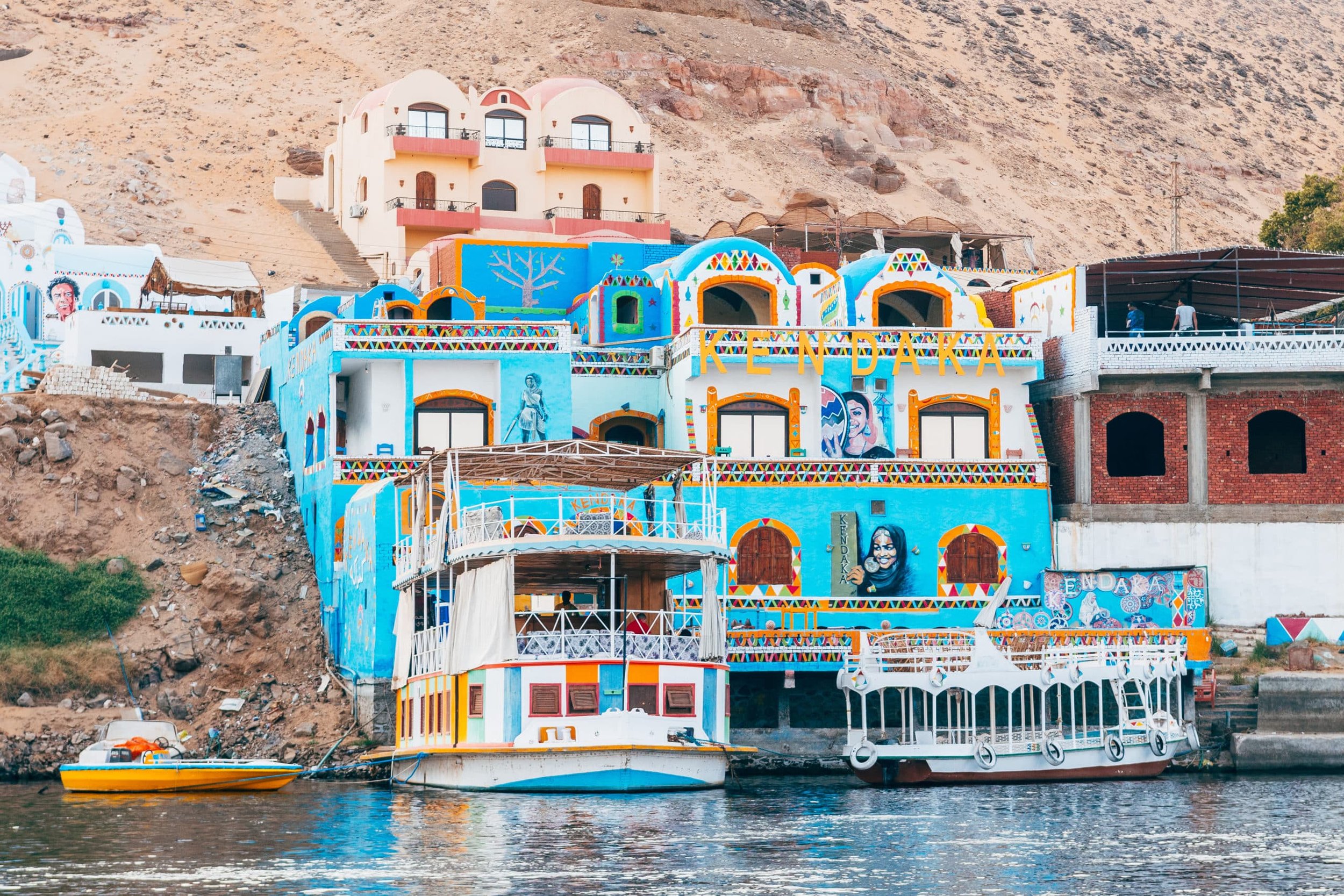A Look into Nubian Egypt
Ezz Al-Turkey
One of the world's oldest ethnic groups is said to be the Nubians. As a result, these people have a rich history and culture. One of the cradles of civilization, the middle Nile valley area is where the Nubians are thought to have originated. They were influential in ancient Egypt and later, in the Middle Ages, founded the kingdoms of Nobatia, Makuria, and Alodia. You may find Nubians in Egypt and Sudan. This vibrant town, which is tucked away along the banks of the Nile River, is well-known for its amazingly colored homes, vibrant culture, and kind hospitality. Having inhabited this area for thousands of years, the Nubian people have created a distinctive way of life that is closely linked to the environment.
Nubia, formerly known as Kush, first surfaced in Egyptian records in 2500 B.C. It was a strong monarchy at the time, reaching into present-day Sudan from the south of Egypt. The Egyptians called Nubia "Ta-Seti," or "Land of the Bow," because of the proficiency of its archers with the bow and arrow. The Nubian people exchanged goods with their Egyptian neighbors during this period, including livestock, gold, carnelian, ivory, timber, incense, and dates.
Nubia was subsequently taken over by the Egyptians in 730 B.C., and they ruled it as part of their empire for about 600 years until Alexander the Great overthrew Egypt in 332 B.C. and liberated Nubia. Following this, Nubia regained its independence as a kingdom, but it was nonetheless ruled by Egypt until around 230 B.C., at which point it was able to free itself from Egyptian rule entirely.
Sudan and Egypt split apart Nubia as we know it now. This occurred near the conclusion of the colonial era, and now, just around 25% of Nubians reside in modern-day Egypt. The Nubians are a distinct group with their own culture and languages, although living in two separate nations. Nubian customs and religion are fundamental to the culture. They follow both ancient Egyptian traditions like ancestor worship and conventional African religions like Islam and Christianity. They also speak a language that is a hybrid of Arabic and African called "Nubi".
Nowadays, most Nubian communities in Egypt are found in the vicinity of Elephantine Island and Aswan. These are quite distinct settlements from other Egyptian villages, which may be quickly recognized by the vivid colors of the homes. The greatest locations to go to are the Nubian villages around Aswan, where you can explore the traditional way of life while strolling through the streets and shopping at the local markets (where you can get some amazing loose-leaf teas, spices, and even handmade scarves).
Even though a lot has changed since ancient times, Nubian culture may still be seen across Egypt today. Examples of this include several traditional musical genres like taarab, which began in ancient Sudanese towns like Meroe but is now well-known in Nubia. The Nubians are renowned for their vivid artwork as well, which consists of painting religious figures or images from daily life in vivid colors on papyrus paper or other materials. They also use natural colors derived from nearby plants or minerals to paint details on sculptures they make out of clay or wood that depict humans or animals.
The Nubian people are renowned for their warmth and friendliness; when entering a Nubian home or community, you will frequently be welcomed with a warm greeting and given food and presents. They also enjoy telling stories about their ancestors to their guests, which helps preserve their rich cultural legacy passed down through generations for ages.
Nubians have been, and always will be an integral part of Egyptian culture and history. With a rich heritage and breathtaking sites to witness, Nubian Egypt is a must-visit for all those discovering Egypt.


